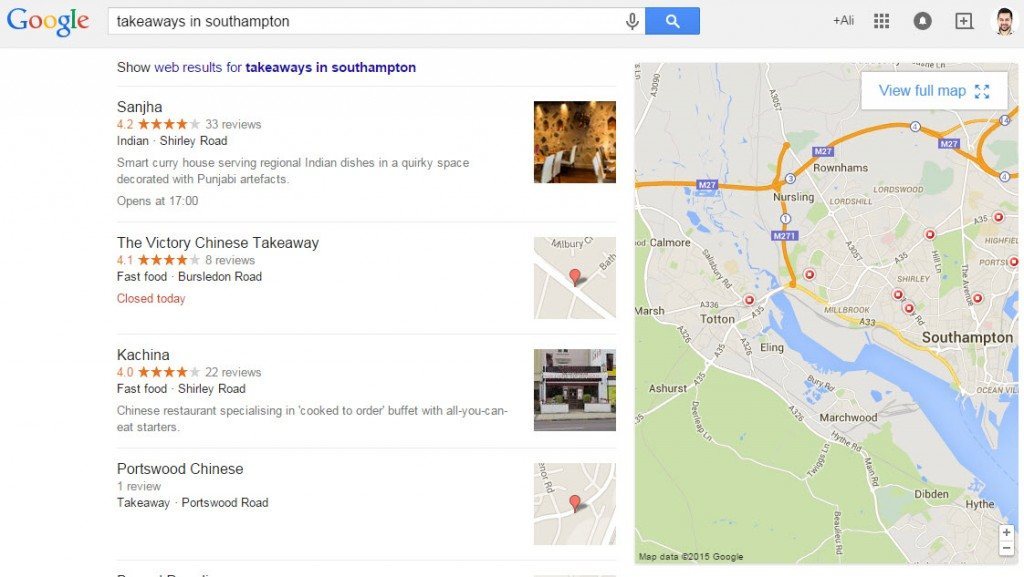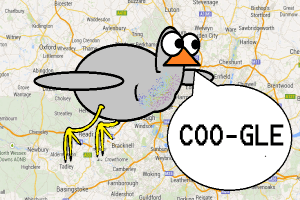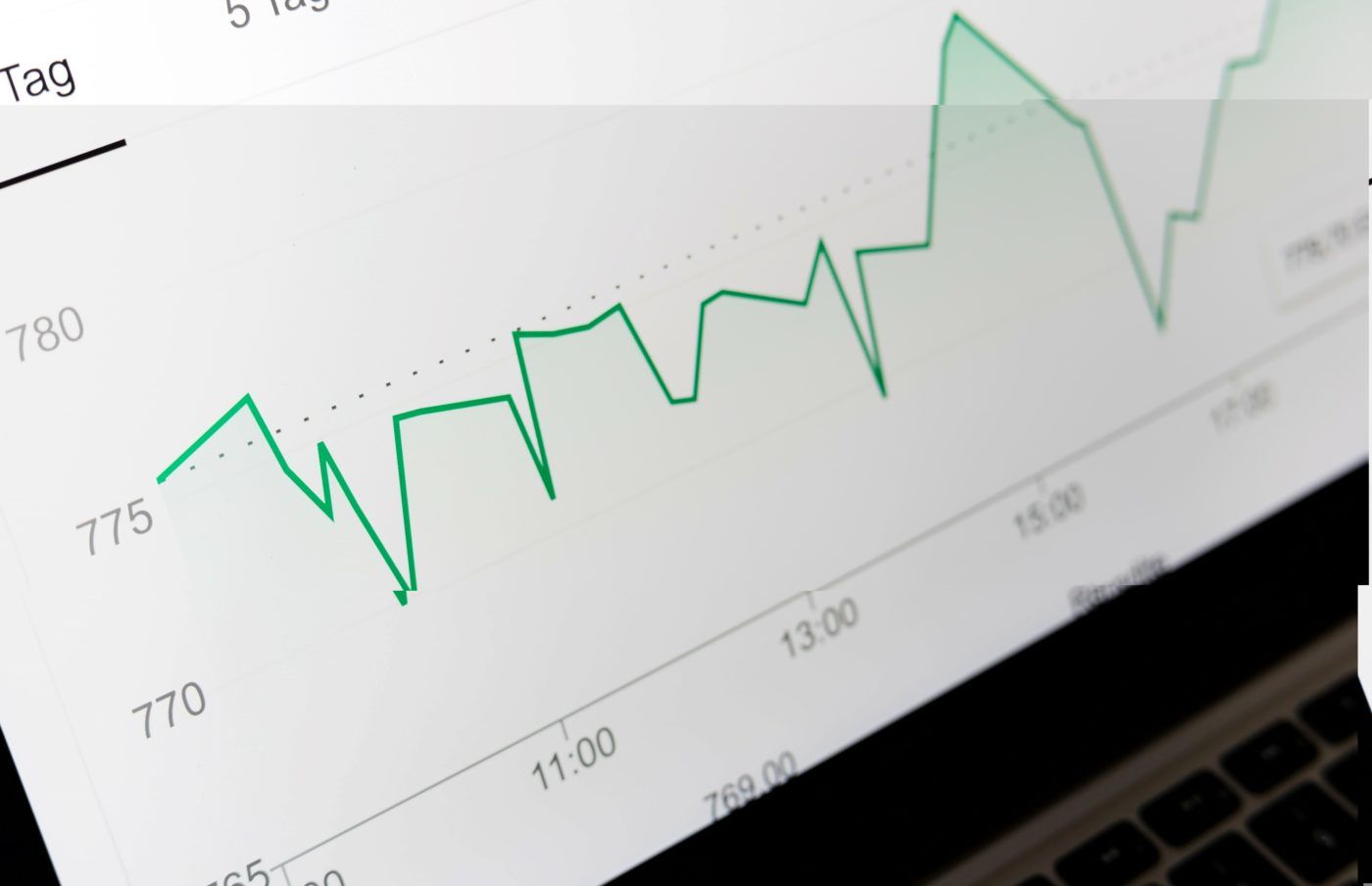Google’s Pigeon update dropped its proverbial payload on the UK at the very end of 2014. There were big changes, like local packs being reduced from seven to just three, local directory listings dominating the first page, and the huge day to day, location to location variations in rankings.
So now that the guano has settled, what’s next for your local SEO? This post covers the ins and outs, with some fool-proof plans to implement. You’ll be feasting on delicious wild Pigeon in no time.
The Pigeon of Doom?
There were a lot of feathers ruffled in SEO community (no pun intended). All at once, SEOs were saying “something’s changing – quick, react!”. Others went for the more traditional “It’s the end of days, SEO is [blank]” approach as Pigeon menacingly bobbed its beady little head across the USA last summer. Even before the UK was set in Pigeon’s sights, we were getting ready. Clenching. Grimacing. Peeking through our hands. For six months.
But here we are, well into 2015, and it seemed like a bit of a damp squib. Well, on the surface at least. But stuff happened beyond the obvious, and the keen-eyed among us saw minor changes with big implications.
Anyone who spends enough time looking at local pack rankings will notice that now, there are consistently three of them – unless you get really specific with service and place included in your query. Then, you’re more likely to get the fabled seven-pack of yore.
And now, some queries get even deeper, richer results – and their very own map/SERP hybrid page:

This is currently distinct from maps, and lets you go back to your original search without the associated faff. Pretty sweet eh? There’s location information, images and reviews too. A click on a result takes you to a branded search result page.
This is an example of Google and Pigeon being super helpful and offering more to users and local establishments. But there’s another end to this. Because the Pigeon algorithm runs on separate data centres, EVERY location runs a different version. The local pack fluctuates wildly as a result, and not just from place to place. The time of day will affect results, the device type, whether the user is on the move – there’s a butt-load of variables.
In addition, the search radius has been reduced to approximately 60% of the previous radius (depending on the query and/or vertical), making it closer to hyper-local than local. All this makes for greater precision in results, but can also make for some tricky tracking.
How do I Get all Dastardly and Mutley on this Mutha?
“Okay” I hear you say, “we get that it’s all fluctuate-y and mental – but how do we win at this?!”
I’m glad you asked. I was lucky enough to sit in on some tutoring from the marvellous Greg Gifford, who basically laid down the law when it comes to local SEO. Here’s my take on what’s most important.
Google My Business
You need this if you want that local pack ranking. This is basically the hub of your local SEO. A completed profile is essential – so add photos, complete your description and make sure that your address is in there correctly, formatted up as it should be.
Oh and Google+ posts. No people, it’s not dead. Not yet. So make sure you’re active on the platform – don’t pay it lip service. Give it the love you give your other platforms. “We’ve got no audience on Google+ though”, you may say. By saying that, you’re also saying you’ve got no audience on Google search either. Find them, and engage in the eternal dance of social media.
It’ll add up – a complete, regularly updated and Google-user friendly My Business listing is going to mop the floor with ones that haven’t even bothered to change the cover image.
Local Listings and Barnacle SEO
Another serious indicator to Google is your local listings and citations on other sites. Yelp, Yell, Thomson… You have to be where Google expects to find you. Make all of your listings as complete as possible, because when the listings site starts ranking for your service and locality, you’ll want to be as high up in their rankings as you can be – and you’re not going to achieve that with an incomplete profile. And always get those profiles 100% complete; if you don’t give it your all, you won’t get it all back.
On Site
This is a biggie and it totally matters that you get this right. This is your site, you’re in control – so make sure you’re covering the basics. Using a page to targeting a city? Get the city name in the title tag, H1 title, content, URL, your Meta description – get it in your image alt text. Counter to the norm it may be, but going with the grain 100% of the time isn’t always the answer. There seems to be a lot of that in Local SEO.
Links
Links from the websites of businesses, services or organisations in your area will play a huge role in your local SEO. Those local meetup links, forums for local clubs and all the stuff you’d normally peg down as irrelevant suddenly becomes a goldmine for local SEO. Get into the community (physically, not on a Twitter chat – I know, crazy right?!) and do unto others as you would have done unto yourself. Sponsor charity events, do the things that businesses do in their community. The local links will come. Traditional local marketing and a physical presence will be your ace in the hole.
Remember – you get links from local directories too. While not the be all and end all, they’re part of the picture. So get on all of them you can find, fill them out to the max and get a link where you can, for the referrals if nothing else.
If you’re a big deal in your community, but not online – get your local paper to interview you. If you’re small fry, interview a big local player yourself. Channel the ego and give them what they want!
Is there someone out there who’s smashing local SEO? Go look at their link profile with LinkRisk or Majestic or similar, and see what you can emulate with a local spin.
Citations
Where you don’t get a link, a citation can be the next best thing. If you get one, aim for consistency every time. Brand spelling, address and phone number format – you must insist on perfection every time. If you get a citation and something’s wrong, outreach and politely ask for amendments. If they are local, the relationship could be made sweeter with a visit, a letter with more information or a little gift to say thanks for the mention. You might get referred on or make a business friend for life.
Verticals
Some verticals, for example used autos, are heavy on local listings and will frequently adopt spam tactics. The algorithm adjusts for this as it expects more bloating and overdoing. Be mindful of what you do and don’t fall afoul the mistakes of others.
Reviews
It seems a no-brainer, but reviews are where it’s at. They’re hard to get, so you have to be good. People have off days though. A bad review responded to well can be just as good as a nice one. Google reviews count in local SEO, so make it easy for your users to make them – link to your Google reviews page from your site or your most prominent local listings. Never copy and paste text as a testimonial though – you could incur Panda wrath. Screenshots work better.
Social
A social presence seems to help local businesses out a lot. When people go someplace and they like it, they usually Facebook like it too, or follow their other accounts. I won’t bore you with the usual “engage, share, rinse and repeat” routine – we all know what it takes. Be brave, it can be tough out there!
And lastly, but not least-ly…
Content
Oh yeah, here we go. Time for the old “#greatcontent” bit. Well not exactly. You see, local SEO content differs in some almost counter intuitive ways that you may not appreciate right now. But they’ve been working for the US version of Pigeon, so we should all be making use of what we can get.
For local SEO, it doesn’t matter if it’s been done before – what matters is that it has local relevance and purpose. Use government data, landmarks, local customers, local events, contests and user generated content. Make event guides for visitors from other cities, support other local businesses with a “5 best hotels” or “best things to do after you’ve been to event X”. Show it to them and the event organisers, do some outreach, promote it. Hey presto, you’ve got some big locally relevant content!
Whatever you do and however you do it, don’t skimp. Go all out. No more excuses, like “we’ve got boring content”. It’s not boring if there’s an entire industry built on it. Chances are, customers and clients are always going to have questions that they ask on the regular. Answer them – and there you have content that meets a demand, boring or not.
Go Local
Good luck out there local pioneers. As usual, this just scratches the surface – so grab me on Twitter if you want to chew the fat on the big local steak!





Leave a Reply